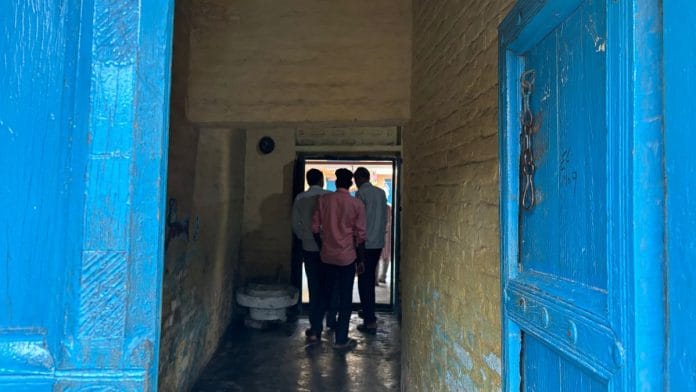Bareilly: As a snake prowls through lush green sugarcane fields, quickly disappearing into the tall dense stalks, bystanders discuss how dangerous it would be for the villagers to go to their fields. But snakes are not what they are worried about.
This rural patch in Uttar Pradesh’s Bareilly is reeling from trauma and the fear of an unknown attacker since last June.
Nine women, between the age of 45 and 65, have been found dead under mysterious circumstances near such fields, all murdered in similar fashion — strangulated with a tight noose made out of the pallus of their sarees or their dupattas or salwars. It has sometimes taken days to even locate the bodies lost in the fields.
In July this year, the police were finally convinced that Bareilly was being haunted by a predator. The investigators sprung to action and began a rigorous investigation, consulting psychiatrists from AIIMS and other hospitals, and criminologists to understand and profile a potential serial killer on the loose. To an outsider, it could appear like the making of a Netflix true crime documentary.
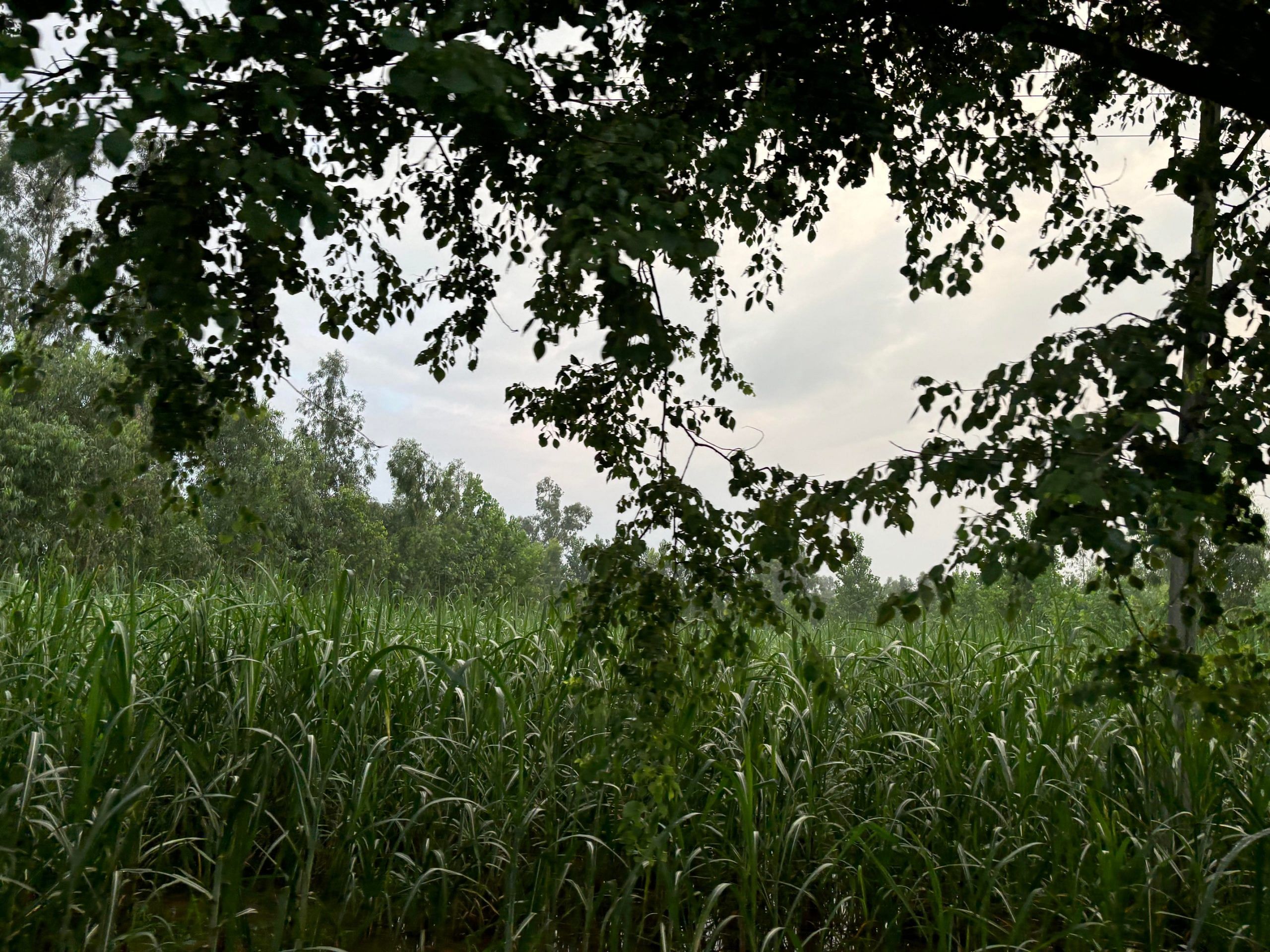
On Friday, the Bareilly Police revealed that their search had finally come to an end with the arrest of 35-year-old Kuldeep, a resident of Bareilly’s Bakarganj village, who they said, had confessed to the killings.
“Psycho killer pakda gaya (the psycho killer has been arrested)” — the news of his arrest spread quickly.
His picture has since gone viral — a petite man dressed in a checkered full sleeves shirt. Police say he has lost a lot of weight since last year’s murders due to over consumption of “bhang”.
He has so far been charged with the killing of six of the nine women. The police have said that they are also probing his role in the other three murders for which suspects had already been arrested. While Kuldeep allegedly strangled five of these women using the pallus of their sarees, one of them was strangled with her dupatta.
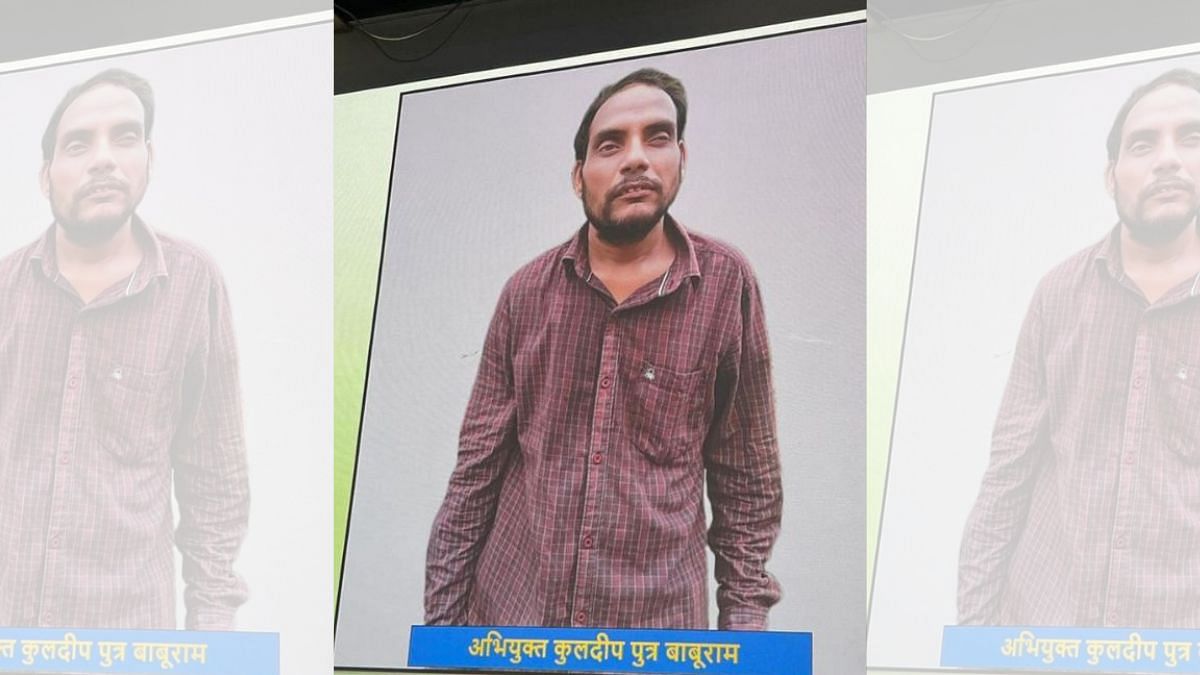
The police also claim to have recovered several items connecting him to these murders, like a piece of cloth torn from a blouse, red bindi and red lipstick, a voter ID card, hasiyas (sickles used for farming), among others, which he collected as “trophies”, according to Superintendent of Police (South Bareilly) Manush Pareek. The police say they were recovered from places near the houses of his relatives, where he often stayed after the murders.
In some instances, he would allegedly look for footwear to track women down in the fields, and would hide and wait behind the tall grass for the right opportunity to strike.
Also Read: Telegram has a seedy underbelly. It’s a hunting ground for paedophiles that’s got agencies worried
A ‘textbook’ serial killer
Hours before Kuldeep’s arrest, the police had released sketches of three suspects, two of which resembled him. This, the police say, was prepared on the basis of inputs of local residents and a woman, in particular, who had said that she was also followed by him, but was spared due to the presence of other people.
While some of the victims’ families, along with other villagers, are relieved following the arrest, not everyone is willing to buy this textbook serial killer story.
“There’s no way he could have done it. He is mentally challenged since birth and is very innocent. Look at his physique. These women were heavier than him,” says Kuldeep’s neighbour Mohan Lal, as the father of the accused, Baburam, and other villagers, nod in approval.
“The police have framed him because he cannot defend himself. Moreover, there is not one instance of him ever even misbehaving with a woman here. Why will he go 40 km away to murder? Are there no women here?” he remarks.
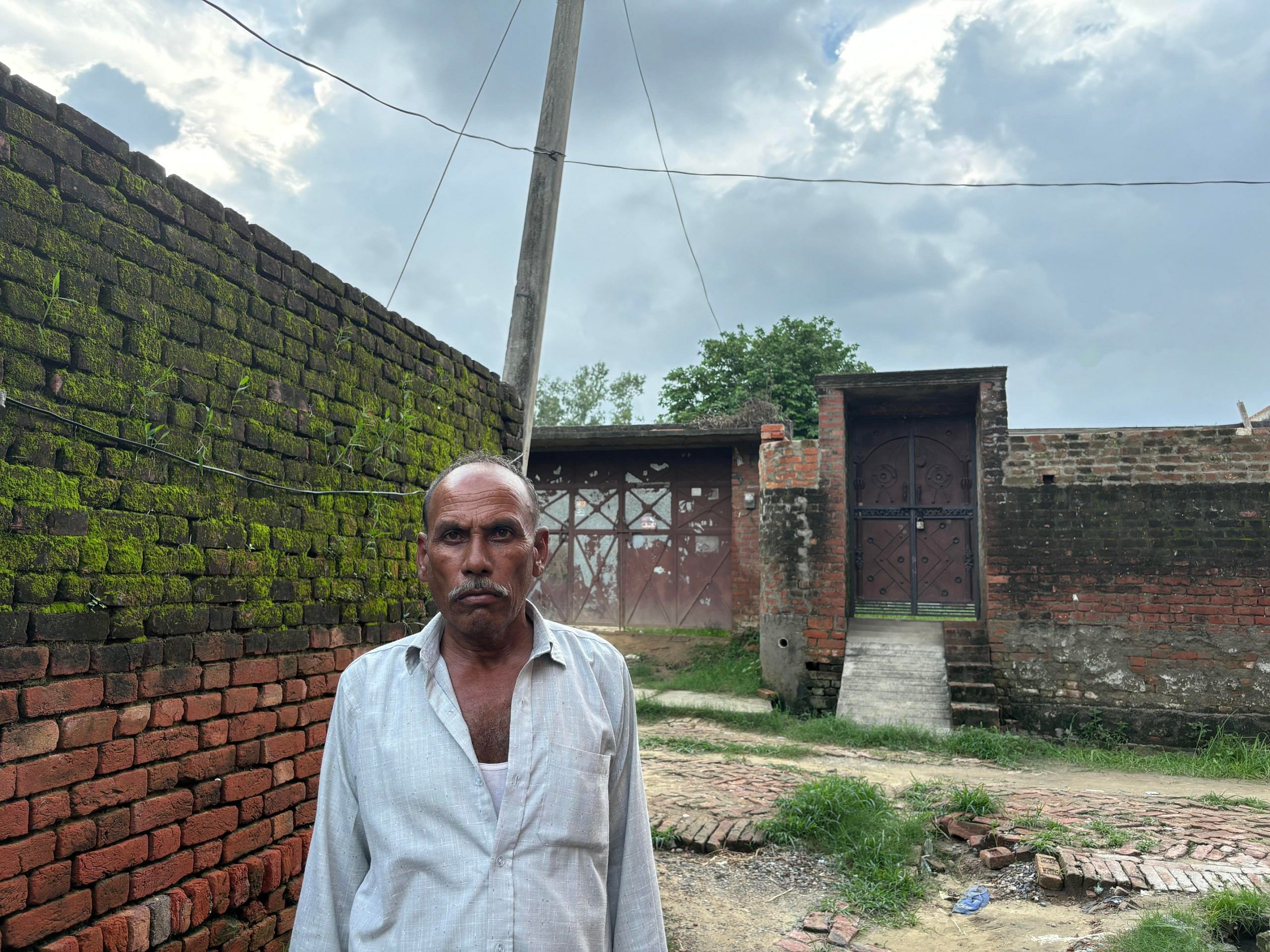
Even the family members of Hauspur’s 46-year-old Anita Devi, who was killed on 3 July this year, don’t believe that Kuldeep had killed her.
“The police wanted to be done with the case so they have weaved my wife’s case with the other murders. We think someone from the village killed her over an old rivalry,” says her husband Som Pal.
However, Kuldeep’s childhood trauma, his experiences in life, his “hatred” for middle-aged women and the history of mental illness — all seem to tick the boxes commonly associated with serial killers.
“His father would hit his mother, and then he remarried. Things worsened after that. He got married in 2014, but his wife left him soon after as he physically abused her. When contacted, she denied having anything to do with him. He is extremely mentally disturbed and suffers from acute mental disorders. He has strained relations with his stepmother and his hatred towards women in that age group stems from here,” says SP Pareek.
The police teams had to interrogate Kuldeep in plain clothes to make him confess. “He lives in an illusion. He believes what he did was right. In fact, he spoke about the murders with some shopkeepers, but people ignored him thinking he is mentally disturbed and is making stories up for attention,” the SP added.
During the press conference held to announce the arrest, the police showed pictures of some of the victims and divulged details about how and why Kuldeep allegedly killed these women. The slideshow also had a map of the areas where the murders were committed, demarcated with the houses of the relatives — sisters and uncles — where the accused allegedly stayed after the murders.
After killing 55-year-old Premwati in July last year, he allegedly stayed with his cousin sister Mithilesh in Anandpur. She says, “He has been mentally challenged since he was a child. He doesn’t understand anything. Police came here after his arrest. We told them we know nothing. He would drop by at dinner time on most days.”
Kuldeep’s father Baburam and step-brother Raj Kumar echo similar sentiments.
“He left home several years ago. Before his mother died two years ago, he mostly stayed with her. He is very quiet. The police’s theory of him beating his wife is false. She left him because he would never be at home and wouldn’t earn,” the father says.
According to the police, Kuldeep’s family and neighbours, he was a vagabond. He neither went to school nor worked to make a living. The police have also said that he was an “alcoholic” and a “drug addict”. He never even had a mobile phone.
“He is so naive that he goes quiet even when a child scolds him,” says Yashpal, another resident of Bakarganj.
A fixed hunting period
All of the six murders that Kuldeep has been accused of took place in the Shahi and Sheeshgarh areas. The women belonged to the neighbouring villages of Anandpur, Kulcha, Kharsaini, Lakhimpur, Jagshispur and Hauspur.
All of the places where the bodies were found were isolated from the crowded areas and were located in the jungles and sugarcane fields with stalks being as high as 6 feet. All of these murders were committed in broad daylight between 11 am and 3 pm, when the fields would be emptier. Sometimes, when he saw people around, he changed his route and tried to find a different target, police officials say.
“He has a fixed period of hunting — the sugarcane growing season between June and November,” Senior Superintendent of Police Anurag Arya says.
Last year, the first murder that Kuldeep allegedly committed was on 17 June and the last one was on 26 November. The victims were Premwati (55), Dhanwati (43), Dulari Devi (65), Mahmudan (65) and Urmila Devi (55). 46-year-old Anita Devi was killed on 3 July this year.
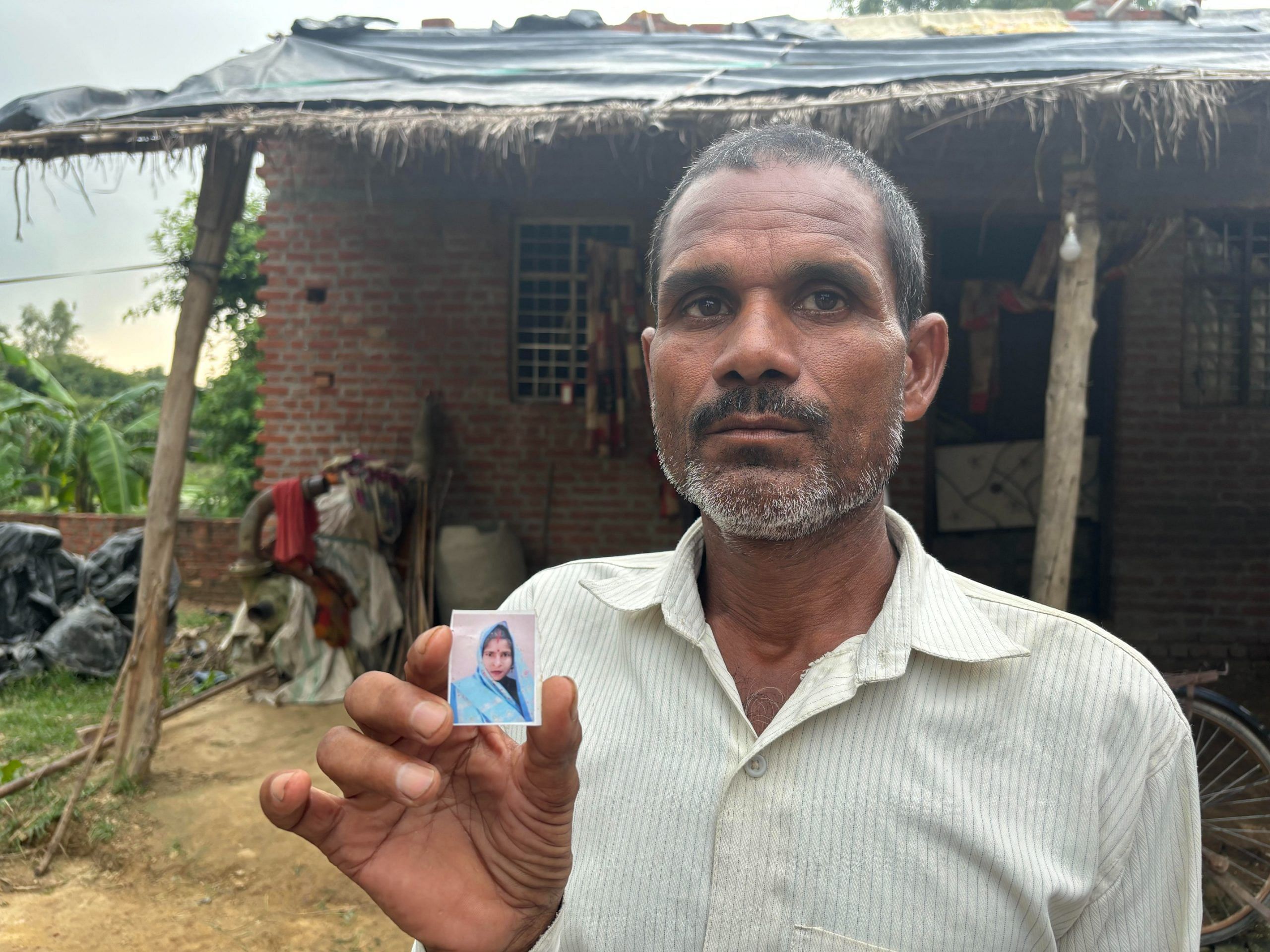
Under “Operation Talaash”, 22 police teams were formed and a 25-kilometre-radius was screened — decoys were planted, 600 CCTV cameras scanned, police officials deployed with hidden cameras, and so on.
“He preyed on women when he saw them alone. He would follow them and then attack. Sometimes, he would try to talk to them. His first intention would be to sexually assault them, but when they would resist, he would kill them. He couldn’t take a no. In one case, he punched the woman in her face and then strangled her. After killing them, he would tie the noose around their necks to make sure they are dead,” says SSP Arya.
The police are now reanalysing the post mortem reports of the deceased women to look for signs of resistance. “If evidence is found, we will charge him for rape as well,” SP Pareek says.
Officers say that Mahmudan had knicked Kuldeep with her ‘hasiya’ during the struggle, marks of which can be seen on his fingers.
“Kuldeep remembers everything, He remembers how many buttons from the blouses of each victim fell off in the struggle, how many mangoes one woman’s bag had, how one of them tried to hit him back,” Arya says.
The women who never made it back
The chatter about the cases and Kuldeep’s arrest echoes through the villages where the deceased women lived. “Police have arrested him, they must have investigated properly. At least now we can step out alone,” says Asha Devi of Hauspur.
Men sit at their “addas” talking about the investigation details. “He is mad. That’s why he killed the women. I have seen his face, it’s difficult to believe that he is the killer but the police know best. One cannot know what’s going on inside someone’s mind by looking at their face,” says Ram Nath, a Kharsaini resident.
Prem Raj Maurya breaks down talking about how his deceased wife, Dhanwati, who had left their home in Kulcha village to buy medicines but never returned. Her body was found two days later, on 19 June, 2023, partially decomposed due to the heat. She was allegedly Kuldeep’s first victim.
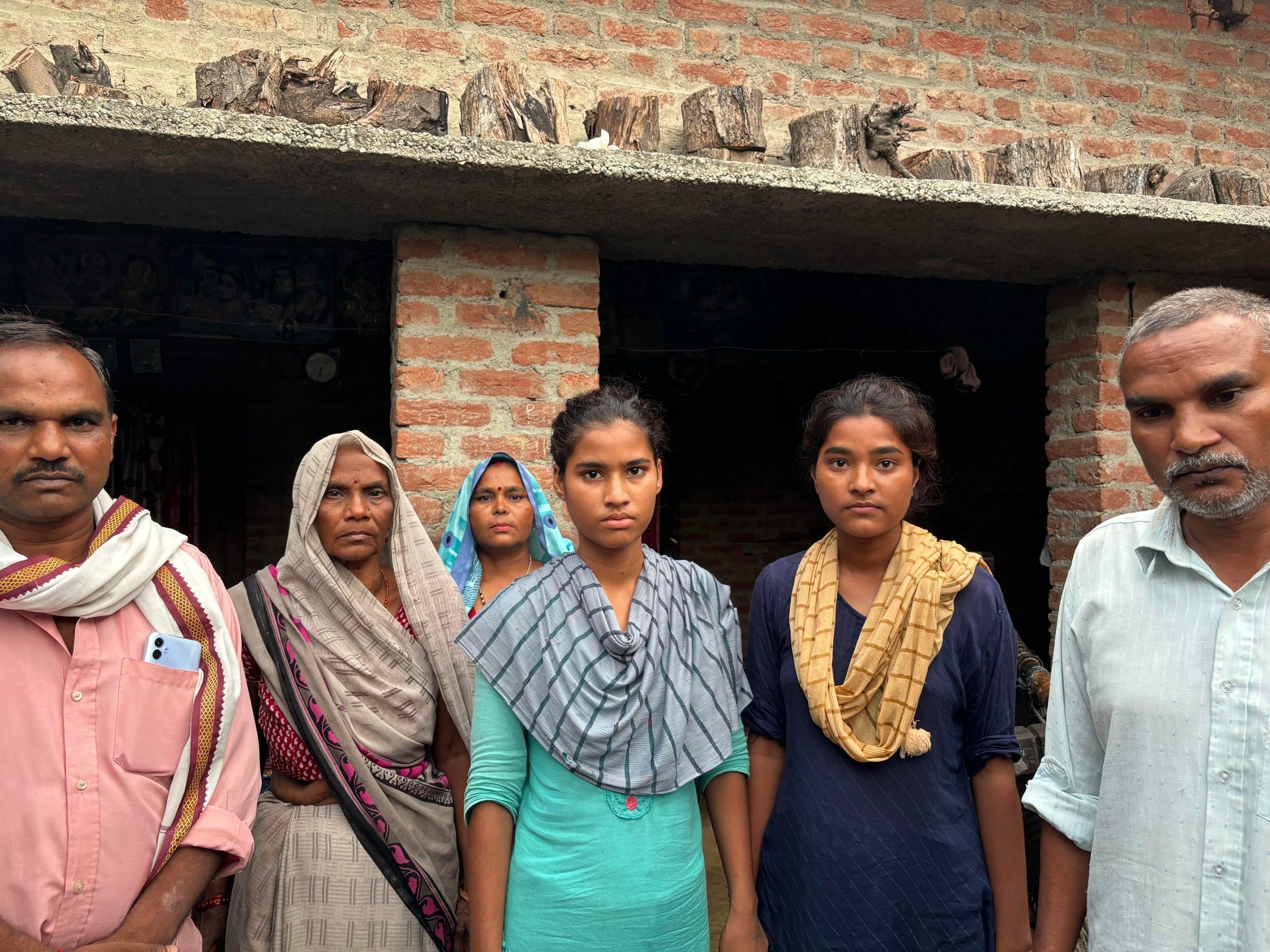
“She was found 500 metres from our house in the sugarcane fields. She had taken the kutcha road to go to the medicine shop at noon,” says Maurya, who suffers from vision impairment. Dhanwati is survived by four daughters and one son.
Anita Devi had left for her maternal home in Kherka village (about 20 km from Hauspur) on 1 July last year and was supposed to return the next day. She had left around 11 am. Her husband Sompal recalls that when he returned home in the evening, he asked his four children if their mother was back.
“I told them to call their mother’s home in Kherka. We had to do some plantation work the next day. We found out she had left hours ago. We called up all our relatives and started searching for her. Around 9 pm the next day, a neighbour said that a body had been found 2 km from our house. It was my wife’s body,” he says.
However, by the time the family reached there, the body had been sent for post mortem. “A bank passbook and her aadhaar card were found near her body,” says Anita’s son, Rajiv Kumar.
Anita was found with the pallu of her pink saree tied around her neck in the jungle area of Bujhia Jagir village.
Dulari Devi, 65, lived alone in her native village, Kharsaini, after the death of her husband. Her married daughter lives in another village. She had gone to her fields some 250 metres away from her house on 20 November. Her body was found the same evening.
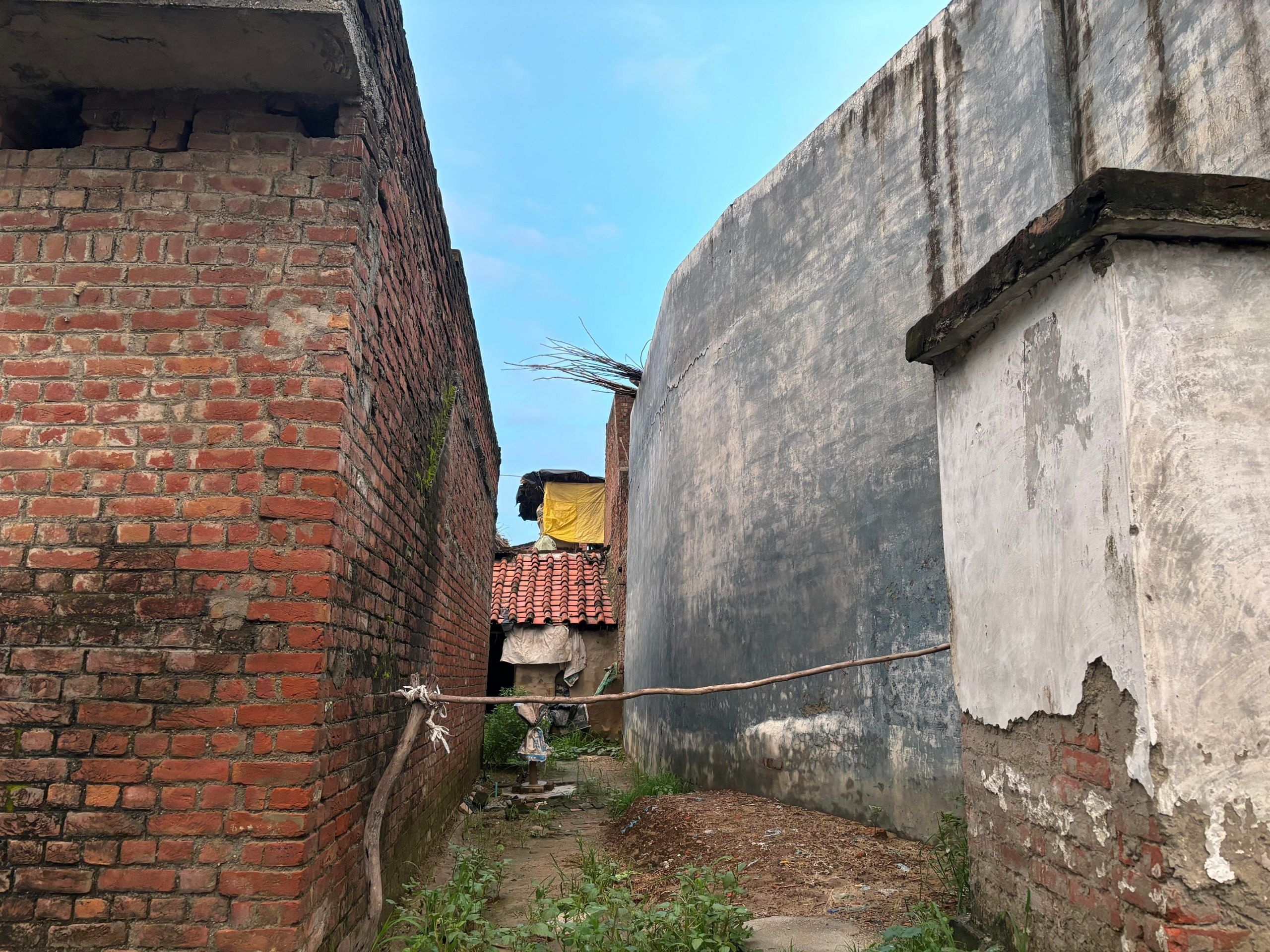
Jeevan Lal, her nephew, says, “She was old and helpless. The killer preyed on her because she couldn’t fight back.”
Back in Bakarganj, a crowd gathers outside the chaupal (community space) near Kuldeep’s house, even though he hardly lived there. Everyone here vouches for his innocence.
A flashy red car is parked in an extension of the house. Children run in and out as Kuldeep’s sister-in-law screams at them to not to talk to the media.
“Kuldeep’s family is well off. His mother used to work in a hospital and the family has a lot of land. We have seen him grow up in front of us. He never even raised his voice to chase a goat away,” says neighbour Mohan Lal.
(Edited by Mannat Chugh)
Also Read: ‘Rekindled hopes’ — family on CBI probe into death of Muslim man forced to chant national anthem



